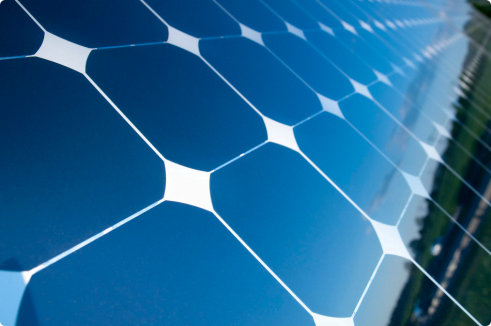Introduction to Solar Panel Efficiency Solar panel efficiency is a measure of a solar panel’s ability to convert sunlight into usable electrical energy. It is a crucial metric in the field of solar energy production, as higher efficiency panels can produce more power from the same amount of sunlight. This, in turn, makes solar energy...
WoREA
Welcome to WoREA! You are in the right place to learn about all things renewable energy. We would like to take this opportunity to firstly wish you well, congratulate you for being here, but above all else, thank you personally for your interest in renewable energy - we like you! Please feel free to submit your content and/or reach out directly. We are always interested in learning more about our members and the markets in which you work.









